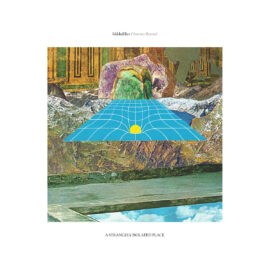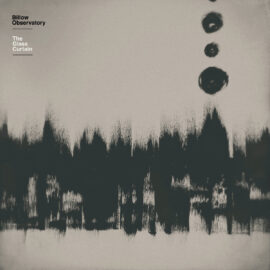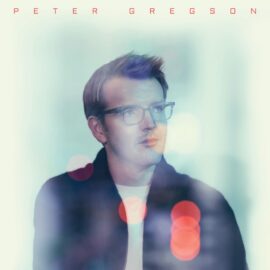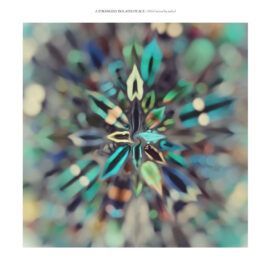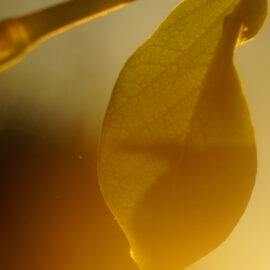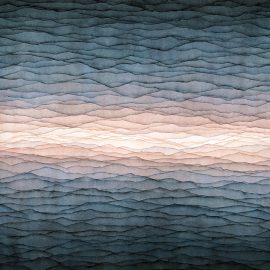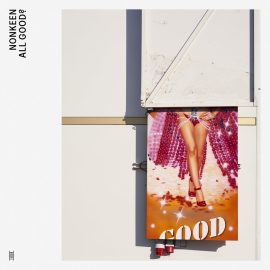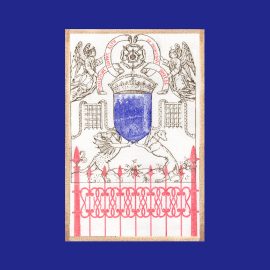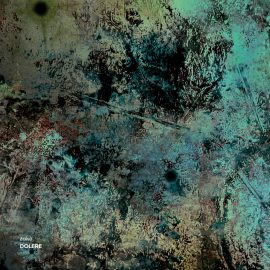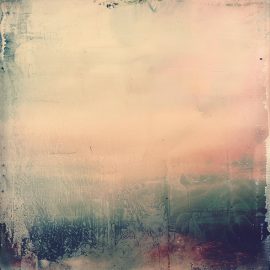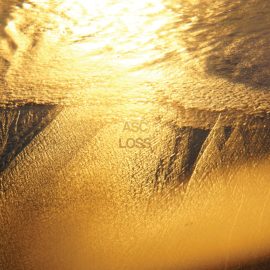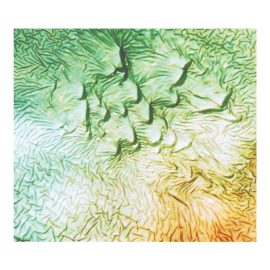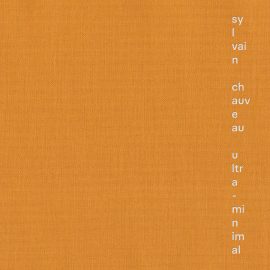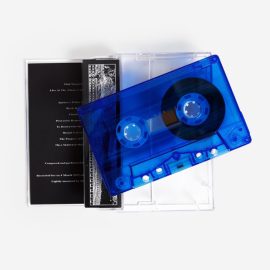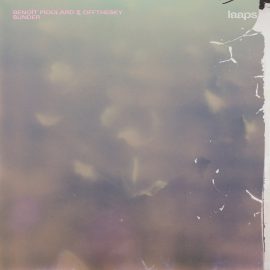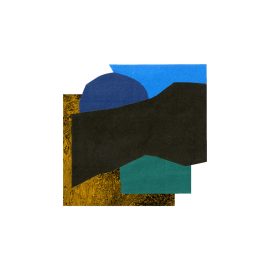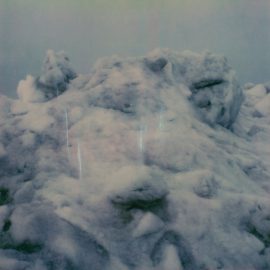It is no surprise that many ambient and experimental artists compose soundtracks for movies, installations or performances – their music is fundamentally based on creating soundscapes and atmospheres. The real surprise is the fact that mainstream media and Hollywood powerhouses such as the Grammy Awards by The Recording Academy and the Oscars by The Academy Awards, finally recognize the potential of these artists’ creations. The (well-deserved!) recognition of Hildur Guðnadóttir’s work for Chernobyl and Joker, or the media attention for the scores of Jóhann Jóhannsson, may prove to be just the tip of the iceberg. Recently, Headphone Commute covered three scores by Colin Stetson, Max Richter, and Ben Frost. Today, we’re republishing some words from Peter van Cooten and his Ambient Blog to cover three more examples of soundtracks beyond the ‘blockbuster releases.’
Rutger Zuydervelt
Porcelain OST
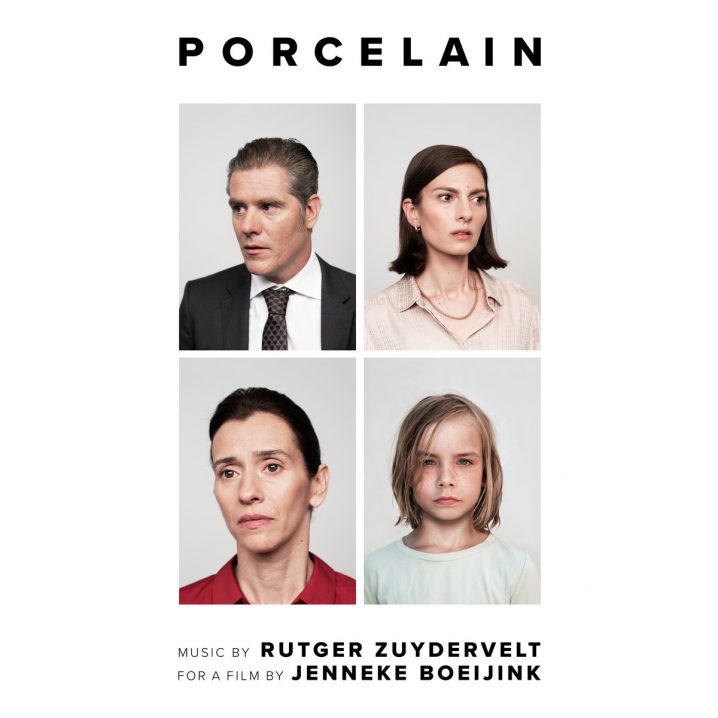
Rutger Zuydervelt has quite a few soundtracks in his discography. For video, dance, or installations, he releases either under his Machinefabriek alias (for the more experimental/electronic/electroacoustic work) or under his real name (for the more ‘composed’ works). The video for Dauw, for instance, is nine years old now, but it is still as heartbreaking as on its first release. More recently, he created the arctic soundscapes for Esther Kokmeijers Stillness I and Stillness II. The soundtrack for Porcelain (his second movie soundtrack), however, feels like a new chapter in Zuydervelt’s impressive oeuvre, because it mixes his abstract electronics with more ‘post-classical’ compositions performed by Francesco Guerri on the cello. More dramatic highlights come from the incorporation of choir samples from Henry Purcell’s The Fairy Queen. Overall, this is a perfect soundtrack for a film depicting the falling apart of a seemingly happy family. A brooding atmosphere, with an ominous undertone even in the seemingly comforting arrangements. Contrary to a lot of Zuydervelt’s music, the pieces here are all relatively short, “Last Goodbye,” being by far the longest one. Most of the other tracks only need about 1 or 2 minutes to set the mood. These sketches, used in the movie, are merely 15 minutes in total, but for this album, Zuydervelt added another 20 minutes of 12 outtakes. Movie scores or soundtracks can be appreciated in different ways, depending on whether you’ve seen the film or not. If you have, it’s a memory that you’ll probably appreciate as much as you appreciated the movie. If you haven’t, it’s important that the music has enough power to speak for itself – without the context of the story it was written for.
Jacaszek
Music For Film

Music For Film is not a score for one particular movie, but a selection of music which Polish composer, Michał Jacaszek, has created for various soundtracks and scores. And, looking at the soundtrack page on his website, there’s quite a lot to choose from! Even though these pieces are selected from various sources, this is a coherent collection that could also have been a Jacaszek album on its own. “Context removed, they fuse seamlessly; ten years of time between some of the recordings, erased.” That’s because all of the tracks have a strong Jacaszek signature: the combination of classical arrangements, ambient soundscapes, sonic deterioration, and choral samples is immediately recognizable as his distinctive personal sound. This means that, for this collection of music, the background story of the films it was created for, is hardly relevant to the listener. This is as much of a solo album as it is a collection of scores. Music For Film can be enjoyed as an extremely atmospheric “amalgamation of ambient, classical, and musique concrete — deploying field recordings, acoustic samples, poetry, and baroque instrumentation to paint pictures, oftentimes melancholic, nostalgic, tragic.” See also a Headphone Commute track premiere for Jacaszek’s “The Zone”, which never ended up being used in the film it was composed for. Pick this one up from Ghostly.
Snorri Hallgrímsson
Chasing The Present
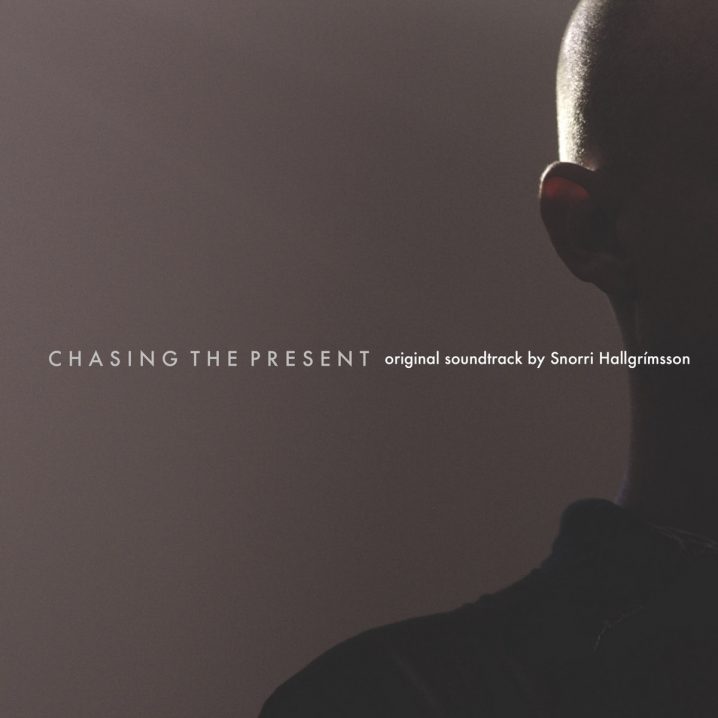
Snorri Hallgrímsson’s soundtrack for Mark Waters’ film, Chasing The Present, a documentary “exploring why a person who seemingly has it all can still suffer from debilitating panic attacks,” is perhaps the most ‘classical’ soundtrack of the three mentioned here. And by that, I mean the kind of film score as we have come to know from composers such as Jóhann Jóhannsson and Max Richter. In a co-production with Ólafur Arnalds, Hallgrímsson uses a minimum set of instruments (himself performing on a piano and running all electronic programming, Karl James Pestka on violin and viola, and Unnur Jónsdóttir on cello), and effective production techniques (“filtered strings and pianos to emphasize the title character’s depression”) to create a soundtrack that is a pleasure to listen to – even without reference to the original theme of the documentary. There is nothing abrasive or experimental in this release, as you might expect from a documentary about anxiety attacks. Based on the lovely, quiet, and slightly melancholic music, I assume that the main protagonist, James Sebastiano, finally succeeds in his “personal journey to overcome crippling anxiety and found fulfilment.” As with the above, a title track premiere for “Chasing The Present” appeared on Headphone Commute courtesy of Moderna Records.
Words by Peter van Cooten of Ambient Blog
Additional editorial by HC


